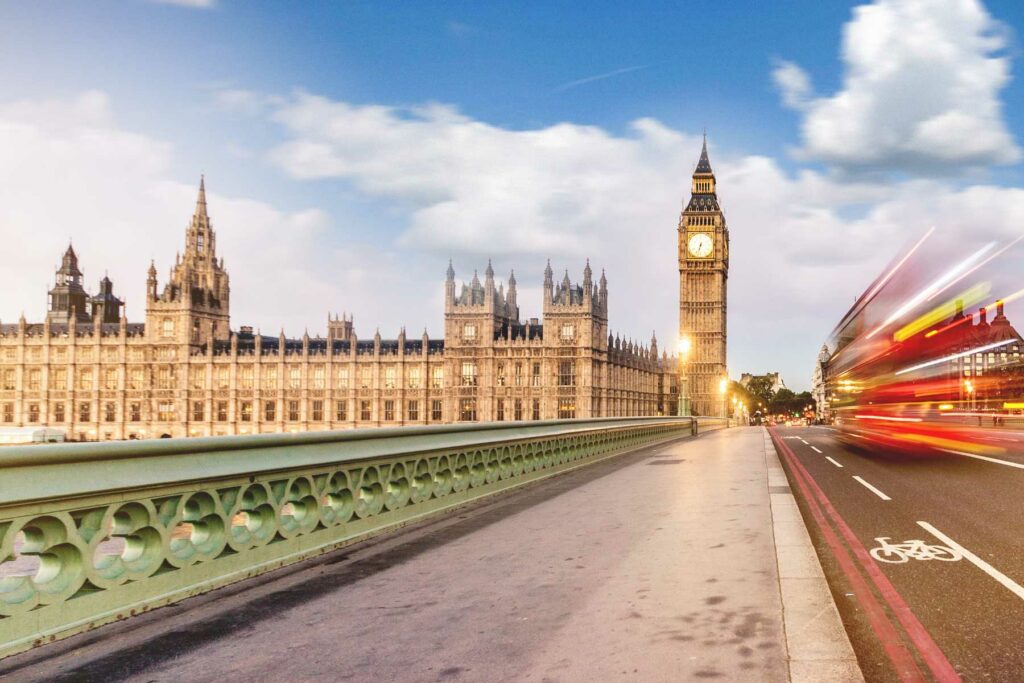Author
We recently provided an update – available here – covering the background and implications of the Supreme Court’s decision in For Women Scotland Ltd v The Scottish Ministers, which found that the terms “man”, “woman” and “sex” in the Equality Act 2010 (EA) refer to biological sex only, and do not extend to certified sex. This means that a gender recognition certificate does not change an individual’s “sex” under the EA.
Following this decision, the Equality and Human Rights Commission (EHRC) has published interim guidance for employers and service providers.
For employers, it clarifies that in workplaces, it is compulsory to provide sufficient single-sex toilets, as well as sufficient single-sex changing and washing facilities where these facilities are needed. It also confirms that trans women (biological men) should not be permitted to use the women’s facilities and trans men (biological women) should not be permitted to use the men’s facilities. It encourages, where possible, mixed-sex toilet, washing or changing facilities to be provided in addition to sufficient single-sex spaces and states that trans people should not be put in a position where there are no facilities for them to use.
While the interim guidance does provide some clarification, it does not address some of the practical issues that might occur – e.g. what should happen in workplaces where there are no mixed-sex facilities for trans people to use. Employers will therefore need to be alive to the risk of both sex and gender reassignment discrimination claims when trying to reach practical solutions on some of these issues. It would be sensible for employers to undertake a risk assessment to ensure the adequacy of their single-sex and same-sex facilities. If they are not, then employers should take immediate steps to address any gap in facilities.
Most businesses will have large, private and lockable toilets, previously reserved for those with disabilities. An immediate but perhaps temporary solution is to repurpose and re-sign these as private accessible bathrooms, which can then be used by members of the transgender community and disabled people. Statistics suggest that businesses are likely to have more disabled workers than transgender workers, however. Therefore, long term plans to increase the number of accessible bathrooms and facilities may be necessary in order to ensure disabled workers still have sufficient facilities to accommodate their needs.
Amidst a very heated backlash from the trans community, the EHRC is working ‘at pace’ to update its statutory and non-statutory guidance to help organisations understand their duties under the EA. We will keep you updated as and when any such guidance is published.
To discuss how your organisation may be impacted by the Supreme Court’s decision and to explore next steps, please do not hesitate to contact Lynsey Blyth.
Print article

